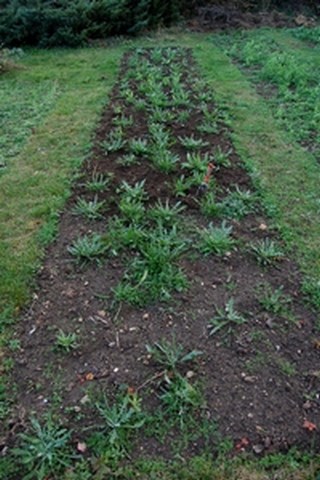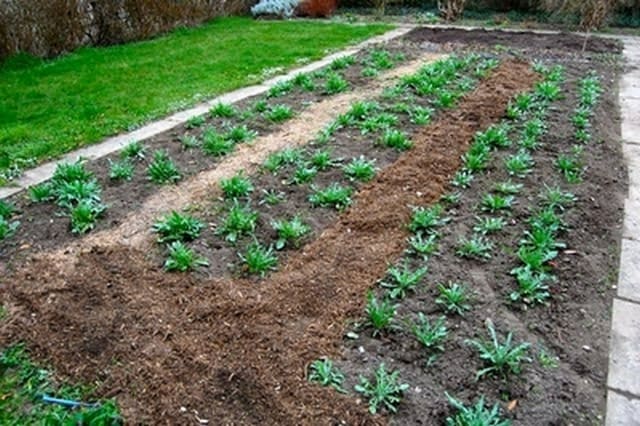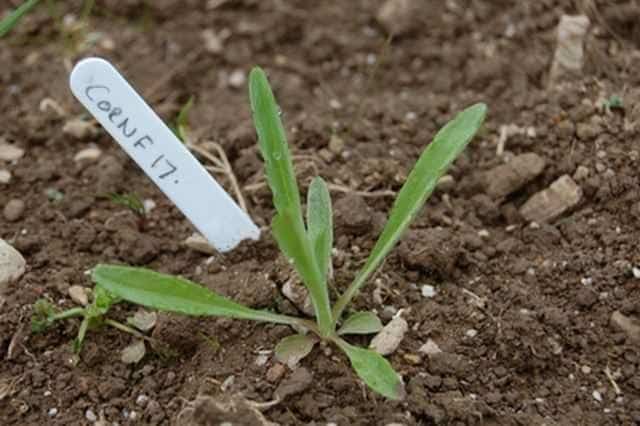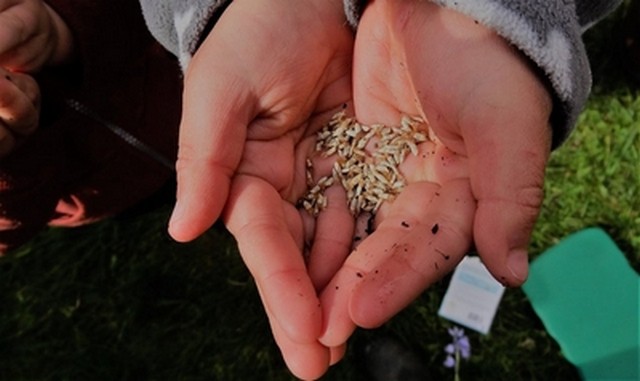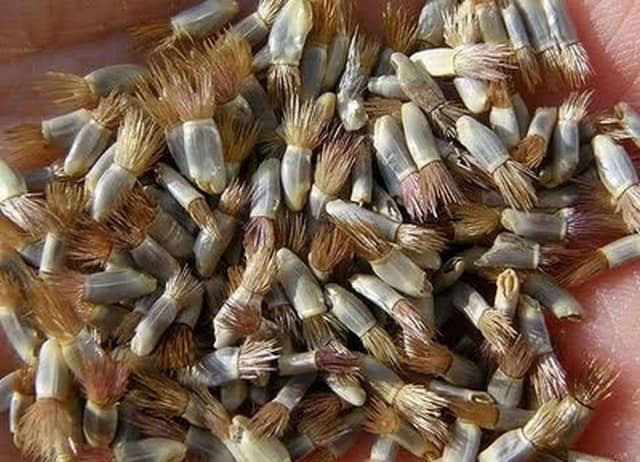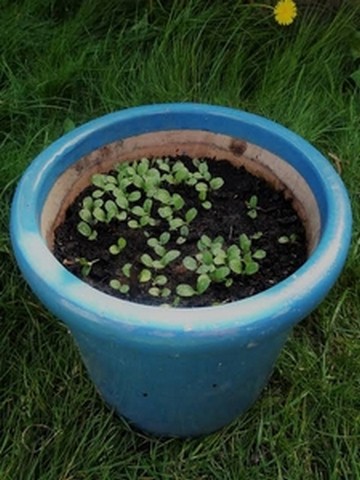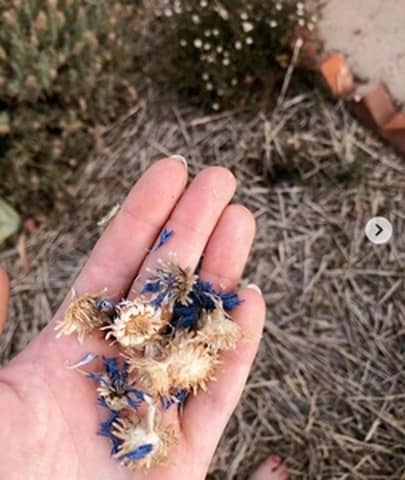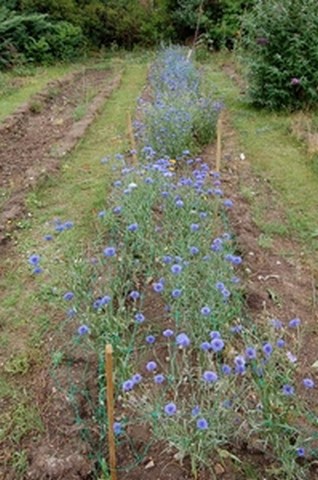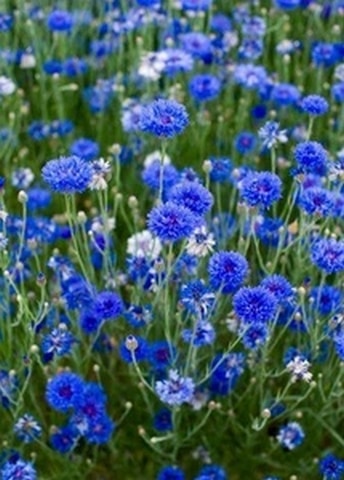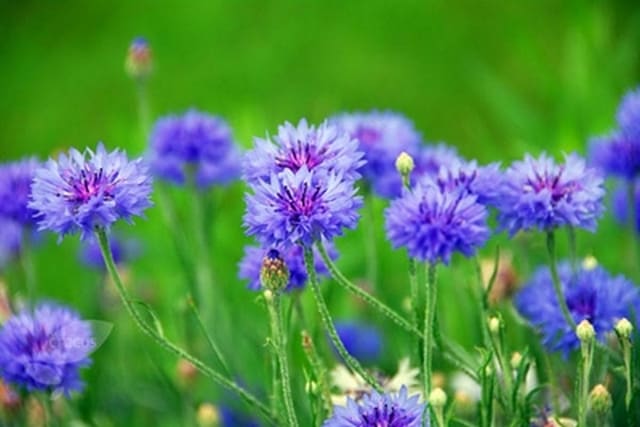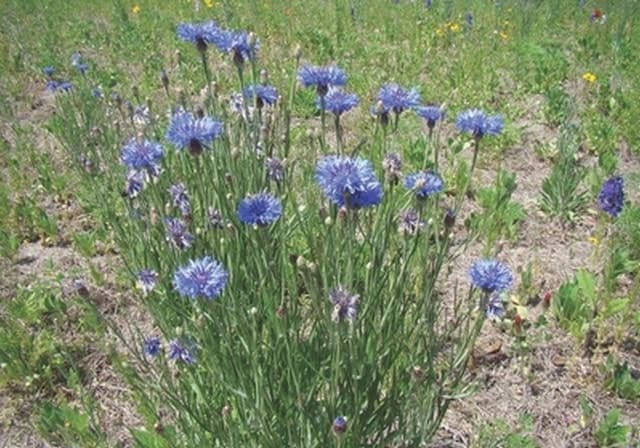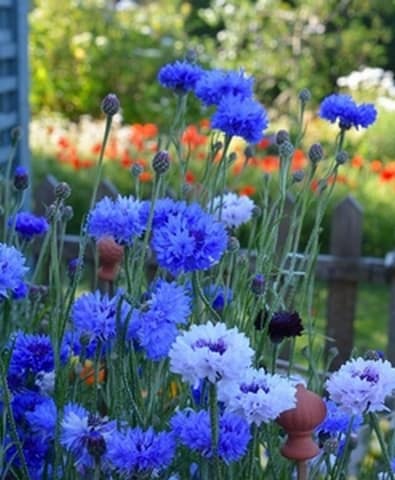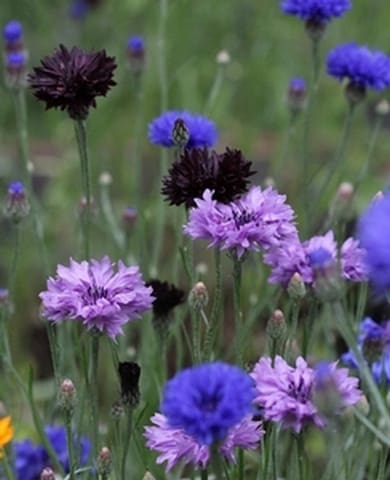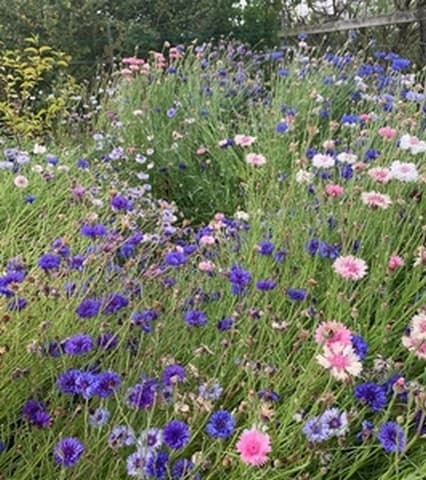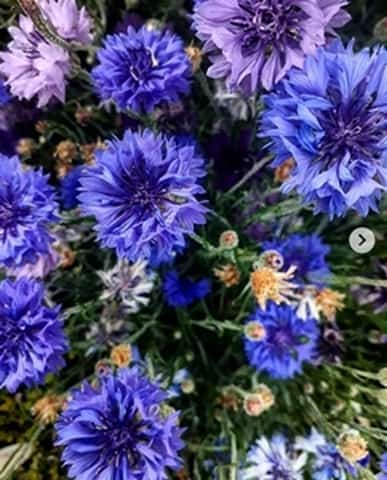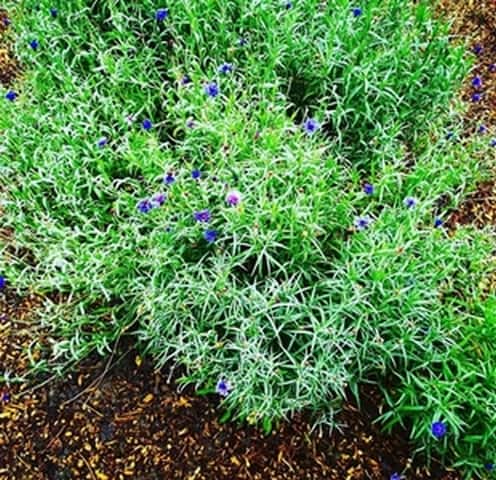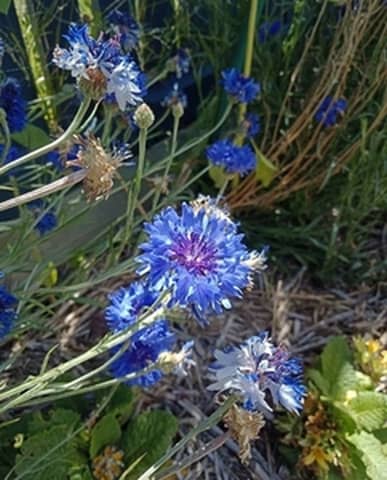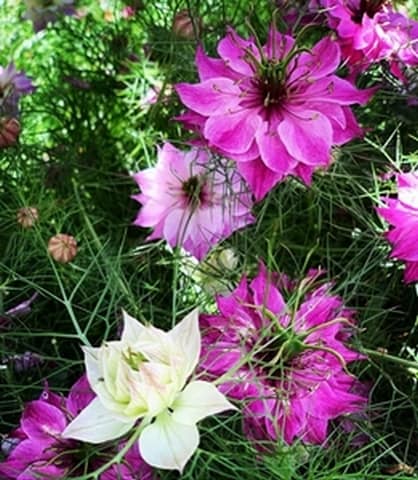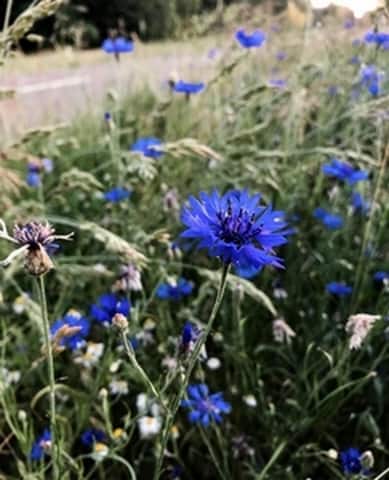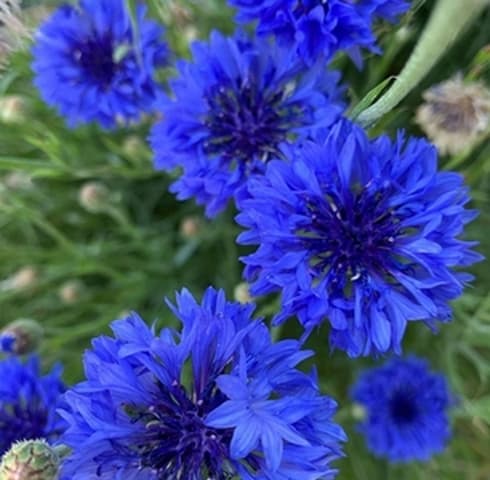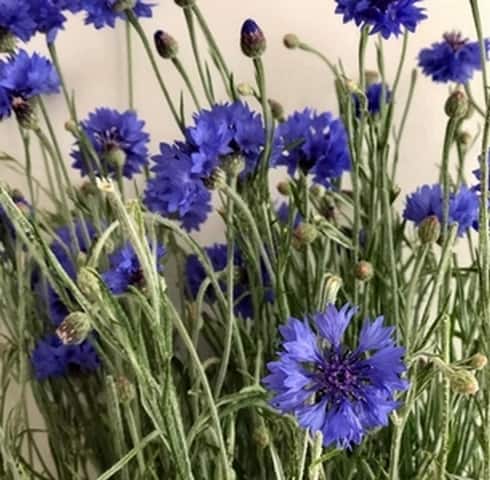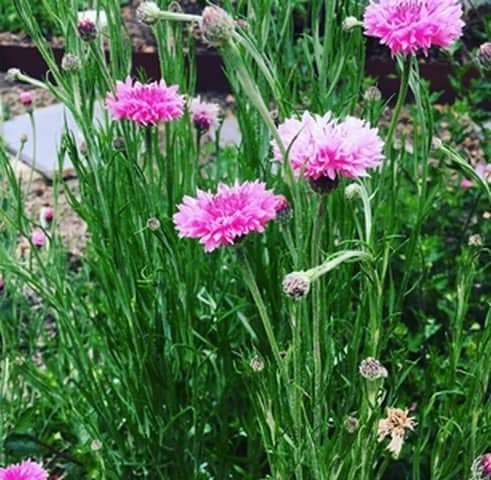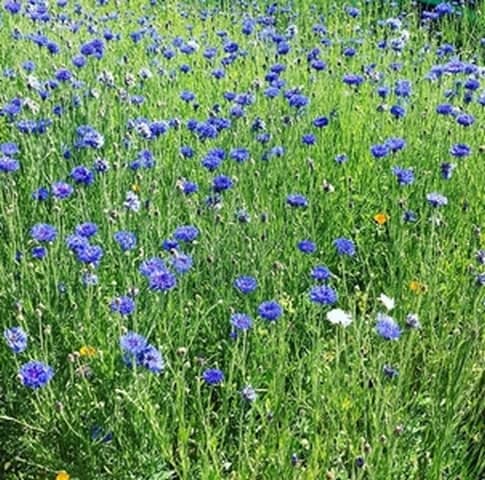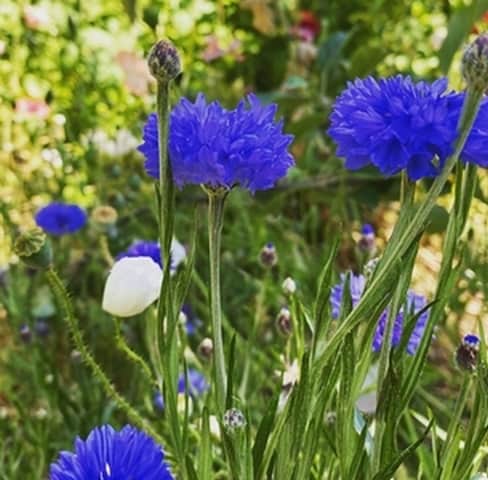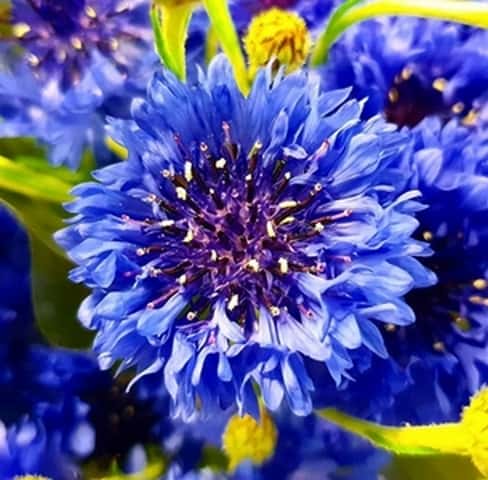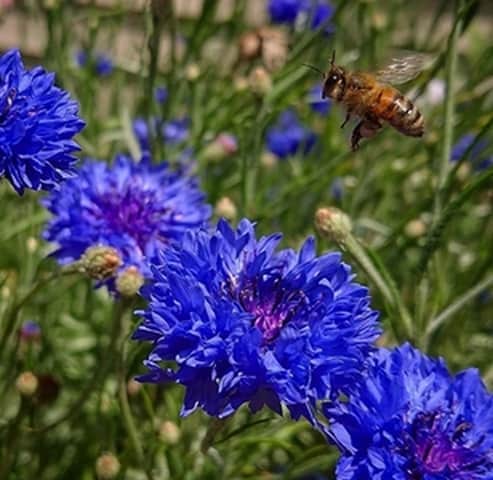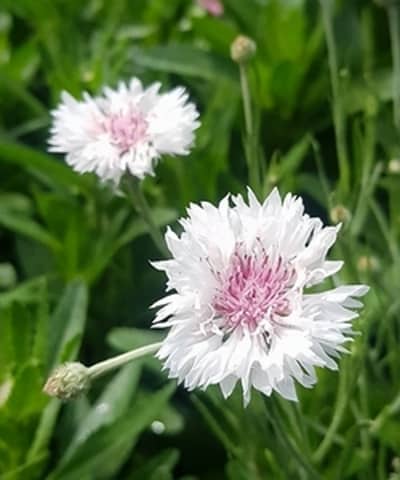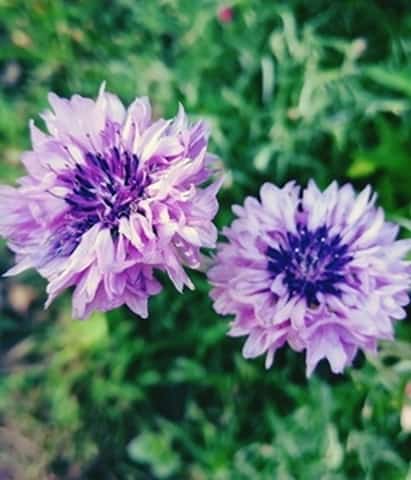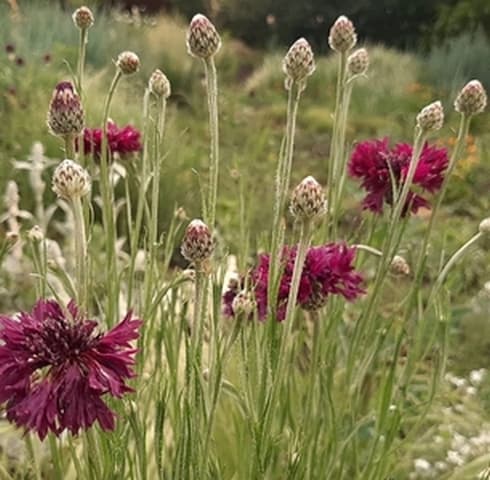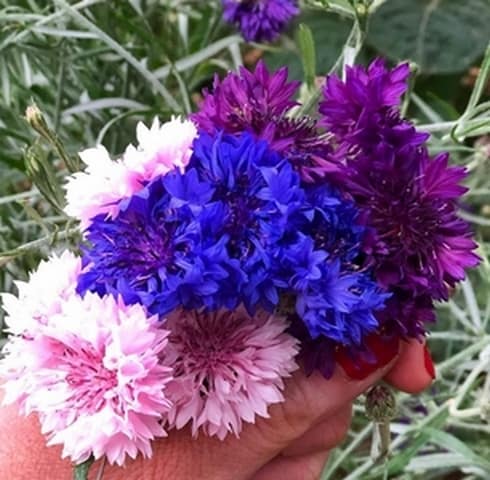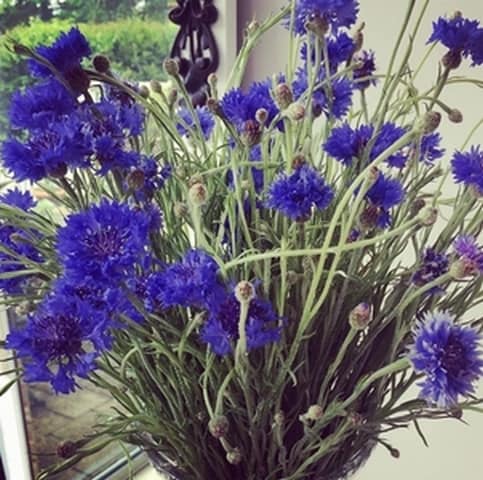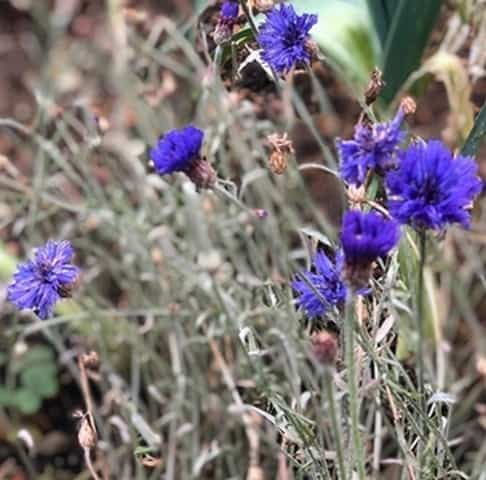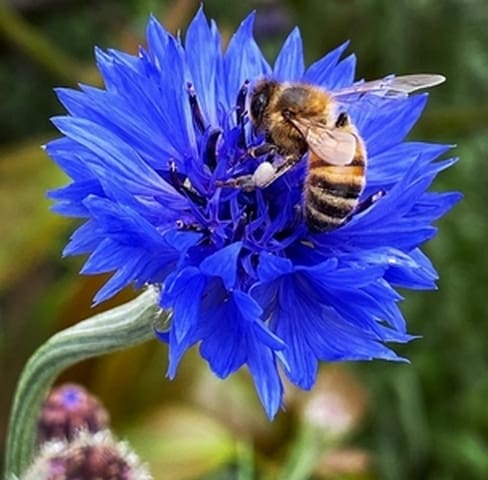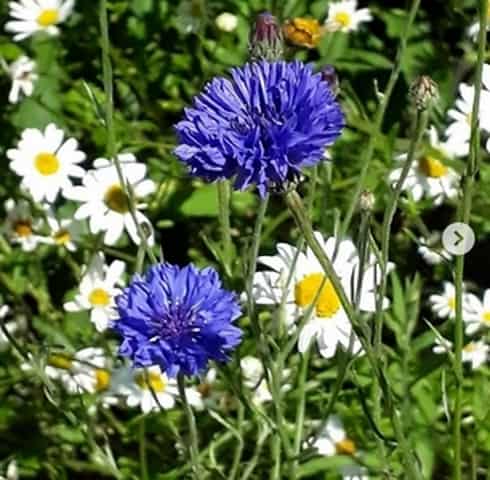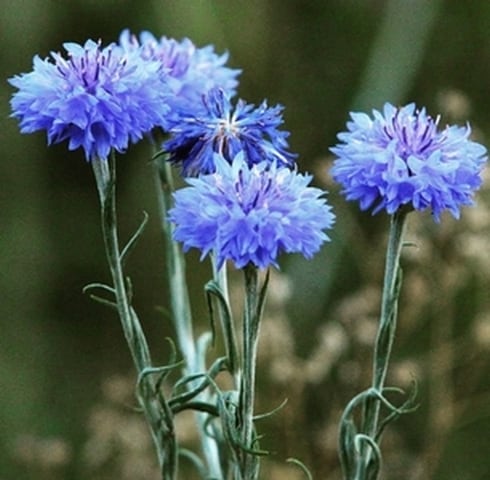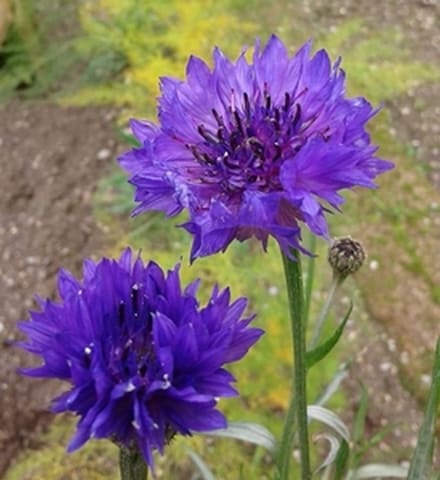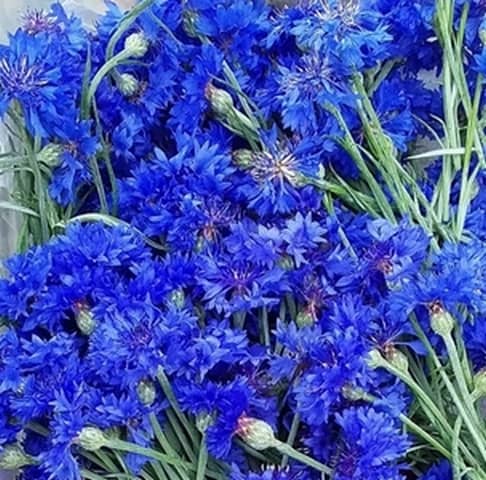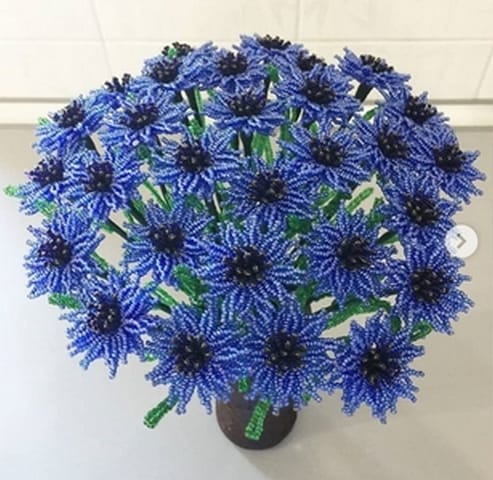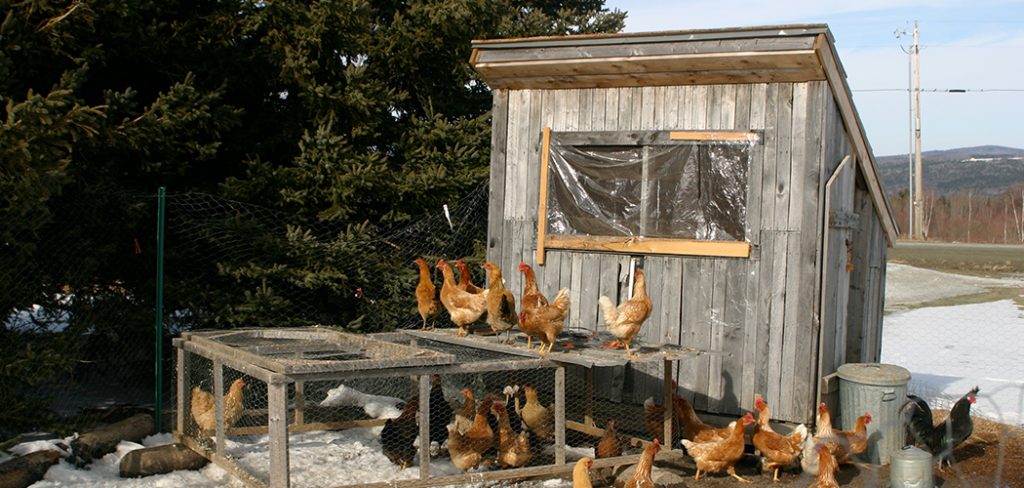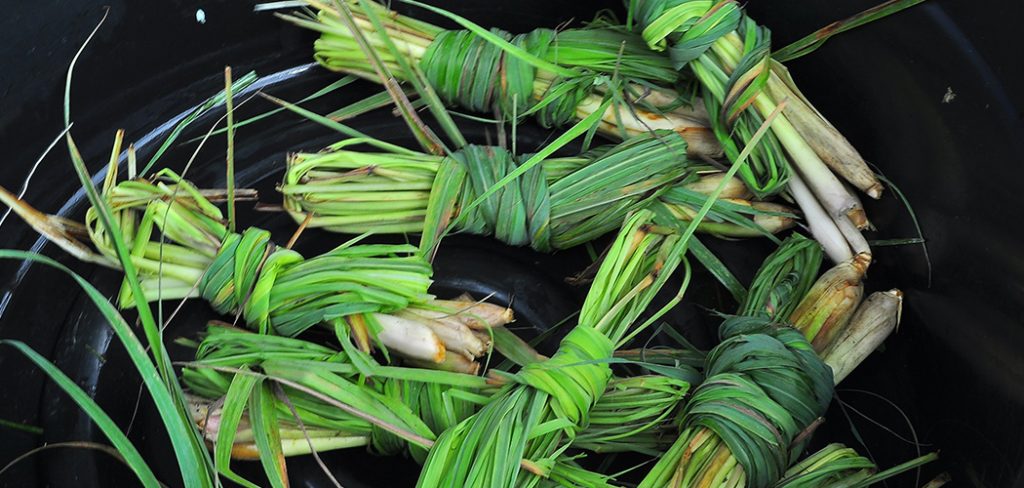Cornflowers, commonly known as ‘bachelor’s buttons’, are extremely colourful and delightful flowers. At full bloom, they are mostly blue in colour, but they also come in shades of white, red, purple, pink and maroon. They are quite popular as garden flowers and their irresistible blooms of flowers have been charming people into growing cornflowers.
Apart from its use in decoration, cornflower is also medicinal. Cornflower tea is used to treat fever, constipation, eye irritation and a host of other conditions.
Bachelor’s button is easy to raise and is quite a vigorous grower – if care is not taken, it might begin to invade parts of your property, if you are growing it outdoors.
As mentioned earlier, cornflower is so easy to grow, and quite capable of taking care of itself once it’s fully grown. Therefore, if you’re looking to decorate your property with them, apply these tips:
How to grow cornflower?
1. Choosing suitable soil and location
Cornflowers are not choosy and will do well in almost any good garden soil type. However, the soil should be moist and well-drained. It must also be fertile and enriched with lots of organic matter.
Cornflowers absolutely love the sun, hence select a location that is exposed to sunlight for most parts of the day to plant your flowers. As such, cornflowers are suitable to grow in your sustainable backyard garden.
If you want to plant cornflower in pots or containers, choose one that is fairly big and fill it, almost to the brim, with appropriate soil.
2. Planting cornflower
Purchase cornflower seeds from a farm shops or any trusted supplier. You can also get young cornflower seedlings from nurseries. Cornflowers are best planted anytime from early to mid-spring in order to get a full summer bloom.
Plant seeds in finely raked, moist soil at a depth of ½inches with a spacing of 2 inches. Rows of cornflower should be about 7 inches apart. Water well and keep the seeds moist until germination begins.
For fast growth, work in a mix of organic matter into the soil before planting.
3. Maintenance
Cornflower require constant watering only at the initial stages of their growth. Once they are fully matured, they are quite capable of taking care of themselves.
Mulch cornflowers with bark mulch or grass to protect the roots from drying out due to excessive heat from the sun.
Cornflowers relatively require little or no care, and rarely succumb to diseases. However, they can suffer stem rot if they are not properly spaced. Cornflower is also attacked by common garden pests like aphids, mealybugs and grasshoppers, with its stem the focus of their attention.
Although cornflowers tend to grow upright, no staking is required. Trim the blossoms from time to time as it encourages production of more flower buds, leading to a full and bushy cornflower plant.
Checkout some more breathtaking pictures of growing cornflowers below:
Check my other post on flowers that blooms quickly.
